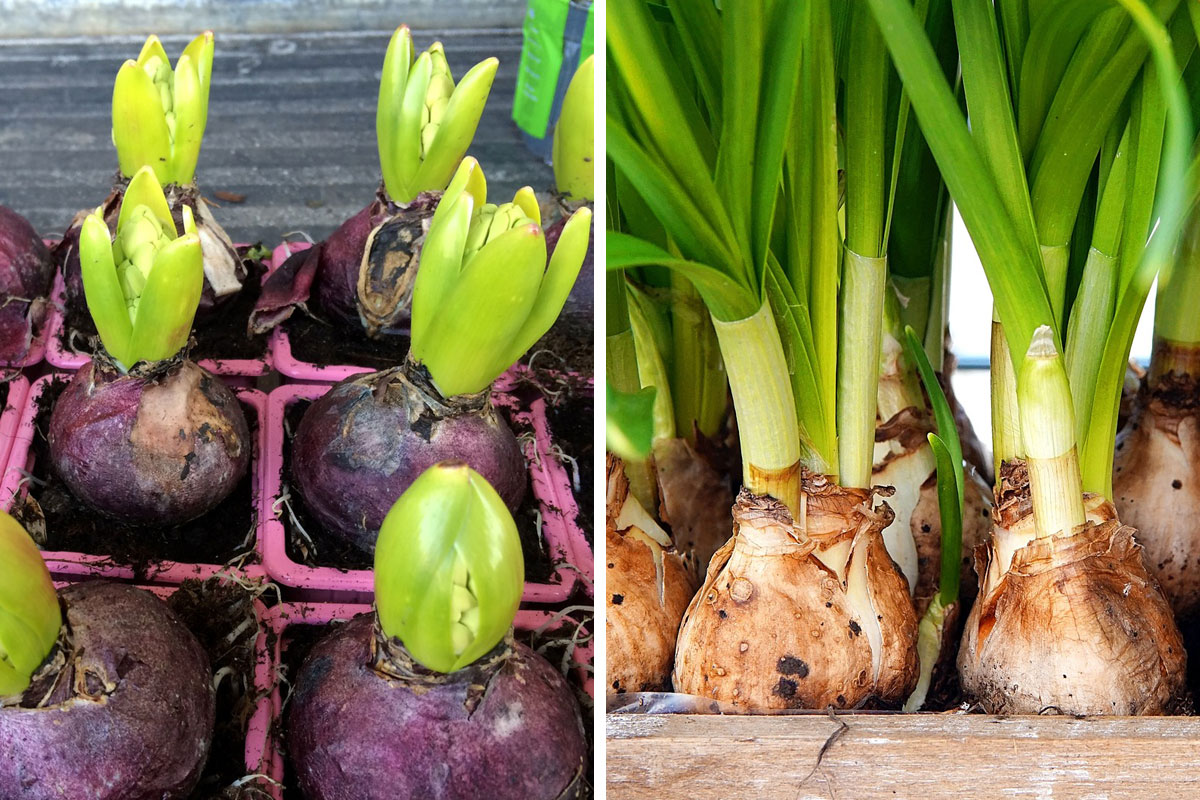
Planting Bulbs: 3 Seasonal Bulbs to Grow in Your Garden
If you plan to grow ornamental alliums, tulips, or daffodils in your garden, then you’ll be planting bulbs, not seeds!
Bulbs are underground plant structures that store nutrients. They allow plants to go into dormancy in harsh weather and produce brilliant blooms in spring and summer.
And that’s not all—they also help the plant complete its life cycle by growing roots, shoots, and offsets. They produce several “offsprings,” or axillary buds, between their fleshy leaves or nodes that become the next generation plant. That’s why planting bulbs is possibly the most accessible form of plant propagation!
Image credit: pxhere.com
Planting bulbs is easy, but you should know when and how to grow different varieties to maximize your chance of success. In this article, we’ll cover growing tips for common true bulbs (tulips, alliums, daffodils) and explain the main differences between the types of bulbs.
Even if you’ve never touched a garden trowel before, with this easy-to-follow guide, you’ll be able to effortlessly fill your garden with bright and colorful allium flowers.
Image credit: matthiasboeckel
Types of Bulbs
Let’s first start with different varieties of bulbs and bulb-like structures. There are four primary types, each with its own characteristics: true bulbs, rhizomes, tubers, and corms.
True Bulbs
Image credit: the_secret_garden_bh
Bearded Iris, Lotus, Bamboo
A true bulb has a basal plate (flat, disc-like structure) at the bottom, from which roots emerge.
On top of it sits the central bud—an embryonic shoot surrounded by fleshy scales or layers that develop into a new plant during the next growing season.
True bulbs are either tunicate or imbricate. Tunicated bulbs (tulips) have a papery outer covering that protects the inner layers. Imbricate bulbs (lilies), on the other hand, have no covering.
Rhizomes
Image credit: GregReese
Peonies, Begonia, Dahlia
Rhizomes are underground stems that grow horizontally, usually near the surface of the soil. Unlike true bulbs, they don’t have layers of modified leaves. Instead, they have nodes (the point where leaves and buds attach) and internodes (spaces between nodes). New buds develop on the nodes and give rise to shoots, producing fresh growth above the ground.
Tubers
Image credit: Remarkable_Charity27
Yam, Potato, Ginger
Tubers are round and fleshy underground structures that store nutrients and energy for the plant. Unlike rhizomes, tubers are generally short and thick and have no distinct nodes and internodes. They have “eyes”—small points from where new buds sprout.
Experiment. If you want to see this in action, just leave a potato out for a week, and you’ll see the eyes sprouting!)
Corms
Image credit: girls_withguns
Crocus, Gladiolus, Taro
Corms are yet another underground plant storage organ type. Corms are tiny and round with a vertical stem. They don’t have fleshy layers like true bulbs, nodes, or internodes like rhizomes.
Planting Bulbs: Hardy vs Tender
Bulbs can be further classified based on their blooming seasons—hardy bulbs, which bloom in spring, and tender bulbs, which flourish in summer or fall.
Hardy Bulbs
Hardy bulbs can withstand cold temperatures, making them suitable for planting in colder climates. They need the chill to break out of the dormancy. These bulbs are typically planted in the fall and produce flowers in spring. They are perennials and relatively easy to work with—if you plant them properly, they’ll keep growing beautiful flowers every spring.
Tulips, daffodils, crocus, hyacinths, alliums, and snowdrops are all cold-hardy bulbs and should be planted in the fall.
Tender Bulbs
Tender bulbs aren’t frost-tolerant. If you’re planting bulbs, such as dahlias, gladiolus, and caladium, aim for spring. They need warmth and sunlight to stimulate their growth.
Tender bulbs produce flowers in summer. In colder climates, they are often treated as annuals. You may need to dig up and store them indoors during the winter to avoid frost damage.
Planting Tulip Bulbs (Tulipa)
Each variety of bulbous flowers requires specific planting times, spacing, and height. Here’s everything you need to know about planting tulip bulbs:
Image credit: jongjoonmoon
When to Plant Tulip Bulbs
Tulip bulbs are hardy, so they should be planted in the fall—it will allow them to establish roots before winter sets in.
How to Plant Tulip Bulbs
Step 1: Select firm, plump bulbs and ensure they don’t have any mold or rot. Larger bulbs tend to produce bigger and more robust flowers.
Step 2: Plant tulip bulbs 6–8 inches deep. The general rule of thumb is to dig a hole three times the bulb’s height. Make sure to place the bulb in the soil with the pointy end facing up—that’s where the shoots emerge from.
Step 3: Water thoroughly after planting to help them settle and grow roots quickly. You’ll have to wait patiently for the frost to help break its dormancy. When spring rolls around, you’ll be rewarded with gorgeous flowers.
RELATED: Apparently, These Mesmerizing Ice Cream Tulips Are A Thing, And They’re Making People Hungry
Light, Soil, and Water Needs
Choose a site that receives plenty of sunlight. Tulips need full sun to thrive, however, they can tolerate a little shade. Their soil should be slightly acidic to neutral and well-draining. Good drainage is crucial to prevent waterlogging, which can lead to rot. Add organic matter, such as compost, to improve drainage. Don’t water your bulbs till shoots start coming up in late winter. After that, they only need to be watered once a week.
Planting Bulbs: Allium
You’ve most likely seen alliums on your dinner table—onions, leeks, and garlic are members of the Allium genus. This perennial plant has bright purple flowers reaching 6–12 inches and a robust onion smell that deters animals.
Image credit: Mike Bird
When to Plant Allium Bulbs
Allium bulbs are hardy, so they should be planted in the fall before the ground freezes. October is ideal for people living in zones 3–6. If you live in warmer zones, you can wait until December and January to plant these bulbs.
How to Plant Allium Bulbs
Step 1: Loosen the soil with a trowel to prepare it for planting. Add organic matter to increase the yield.
Step 2: Dig holes 4–8 inches deep to bury your allium bulbs. Place the bulb with the pointy end facing up. Keep each bulb 6–8 inches apart to give them adequate room to absorb nutrition.
Step 3: Water thoroughly after planting to help the bulbs settle in their new homes. They will germinate in 10–12 weeks.
Light, Soil, and Water Needs
Alliums need full sunlight to develop solid and tall stems. Plant giant alliums near a picket fence to protect against strong winds.
Just like other hardy bulbs, they need well-draining soil to prevent waterlogging. Amend it with bark chips, decomposed manure, or compost to improve drainage.
And when it comes to watering, less is better. Bulbs store water and nutrients within their structure, so they don’t need additional water before they sprout. Alliums are drought-tolerant plants, so once seedlings emerge, water them no more than once weekly.
Planting Bulbs: Daffodils (Narcissus)
Daffodils herald the arrival of spring. The cheerful yellow blooms are a sure sign that warmer days are coming. Here’s how to add a touch of sunshine to your garden with daffodils.
Image credit: NickyPe
When to Plant Daffodil Bulbs
The best time to plant daffodils is early autumn, ideally September. It gives them plenty of time to develop roots before the ground freezes. Planting before September can expose daffodil bulbs to excessively warm weather, and they may fail to flower.
How to Plant Daffodil Bulbs
Step 1: Daffodils don’t like compact and heavy soil. Adjust the soil with compost and loosen it with a trowel to prepare it for planting.
Step 2: Bury the bulb three times deeper than its height. Make sure to place the pointy end facing up. Group 5–6 bulbs together for a stunning garden display.
Step 3: Gently tap the soil and water thoroughly to encourage root development.
Light, Soil, and Water Needs
Daffodils are sun-loving plants. They thrive in full to partial sunlight. They can tolerate light shade, but too much shade may result in fewer flowers. Plant them where they can get ample sunlight during spring when they are actively growing and blooming.
They need well-draining, slightly acidic soil. Sandy or loamy soil is ideal. If soil is heavy or clay-like, amend it with organic matter to improve drainage.
Unlike the other true bulbs, daffodils need plenty of water. Keep them sufficiently moist between each rainfall.
Water the flowering plants 2-3 times a week. Stop watering after flowering to allow bulbs to hibernate.
How to Grow Bulbs in Pots
Image credit: micheile henderson
Bulbs should be grown in large containers with enough soil for insulation against harsh weather. Roomy pots provide more space for root development. Use containers with large enough drainage holes to prevent waterlogging.
When it comes to soil, use a well-draining potting mix specifically made for pots. A mix of perlite and vermiculite works well. Avoid adding garden soil to your containers, as it may become compacted and hinder drainage.
Plant bulbs at the same recommended depth—three times deeper than their height. Space them at least 4–6 inches apart for proper air circulation. Crowded conditions can lead to disease and reduced flowering.
Place the containers in a location that receives the appropriate amount of sunlight for the bulbs you’re planting. Most flowering bulbs do well in full to partial sunlight. Rotate the containers occasionally to ensure even exposure.
Container bulbs prefer more humid conditions. Water them 2–3 times a week when the bulbs start sprouting. You may need to protect the pots during winter by moving them to a sheltered area.
Overwintering Bulbs
Image credit: small_townhouse_garden
If you live in colder zones, dig up tender bulbs and store them indoors for winter. Dig them up in the fall and cut back the stems, leaving behind only the bulbs.
Generally, bulbs don’t need to be washed for storing. Let them dry out in the sun for a day. Next, brush off the soil and remove any rotten parts. Pack your bulbs in a cardboard box between layers of vermiculture and sawdust. Ensure the bulbs don’t touch each other and have enough ventilation in the box. Store them in a dark, dry area where they won’t freeze. Check on occasionally to remove rotten bulbs.
To overwinter hardy bulbs, mulch around their base and avoid pruning their foliage. Let it wither naturally after blooming. Removing the foliage prematurely may weaken the bulb.
Top Tips for Thriving Bulbs
Image credit: joyfulgardensbylynn
Bulbs are underground powerhouses that need care and attention to thrive. Follow these invaluable tips to keep your bulbs happy.
Avoid overwatering. Bulbs don’t like waterlogging. Check how long the soil takes to dry between watering. If it tends to remain consistently wet, you may need to find another spot for your bulbs.
Protect your bulbs. Squirrels love eating freshly planted bulbs. Lay a wire mesh over your bed to prevent damage.
Consider timing. For instance, if you plant hardy bulbs too early, they may sprout before winter sets in. The young seedlings won’t be able to stand the winter chill.
Plant bulbs in batches. Consider staggering your planting to extend the blooming period. You can also group your bulbs in clusters of 5–6 to create a full display of gorgeous flowers.
Leave dry foliage. It helps the bulb store energy for its dormant period.
FAQ About Bulbs
Now that you know how to plant bulbs, let’s answer some of the most common questions about them.
What Happens if you Plant Bulbs too Early?
Bulbs planted too early may start producing roots and shoots. This means they must use up their stored energy and prematurely break dormancy. This weakens the plant and makes it more susceptible to stress factors and diseases.
What is the Best Fertilizer for Bulbs?
Look for a fertilizer with a balanced NPK (nitrogen, phosphorus, and potassium) ratio. Phosphorus is particularly important for promoting root development and flower production. Consider using a slow-release fertilizer to provide a steady supply of nutrients. The best time to fertilize is when new growth starts emerging or when the first flowers appear.
READ NEXT: Roses In Disguise: How To Grow And Care For Lisianthus
2Kviews
Share on Facebook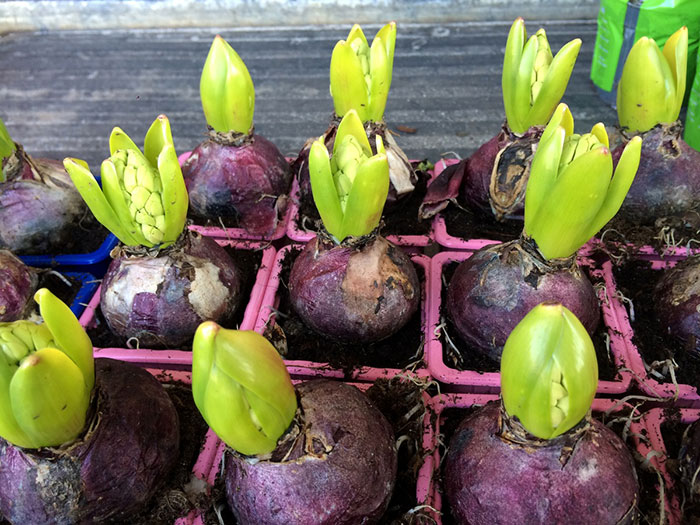
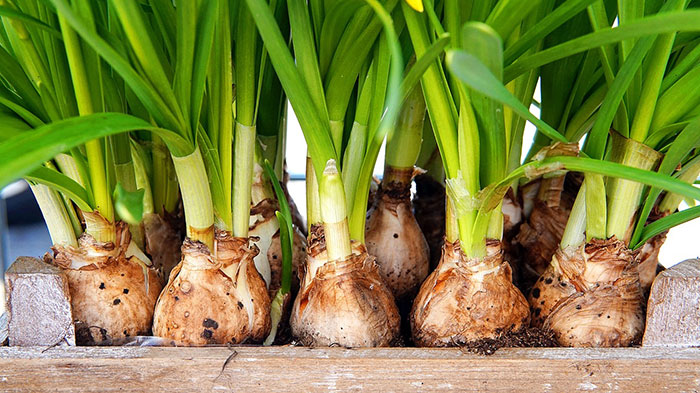
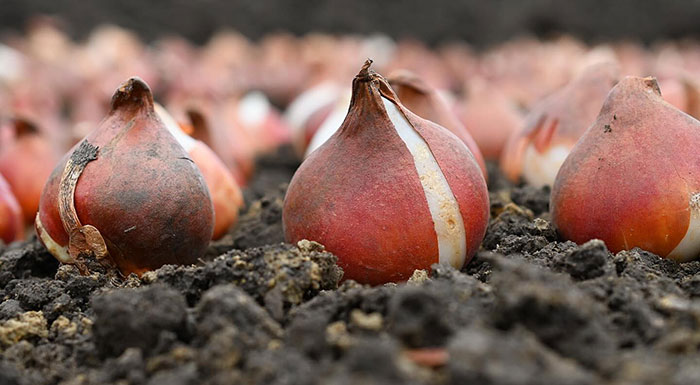
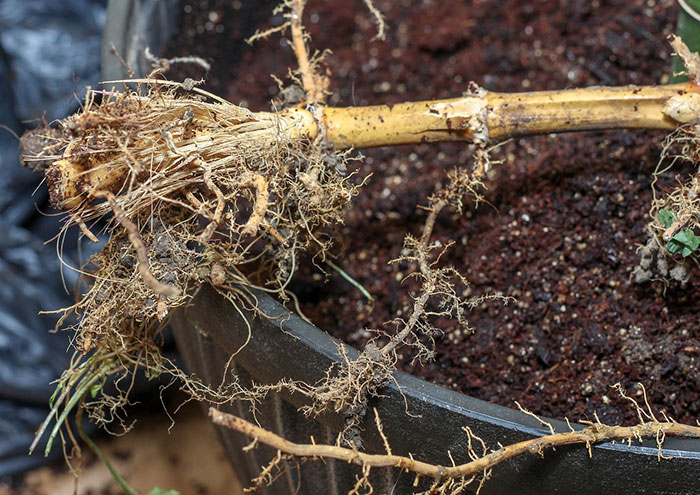
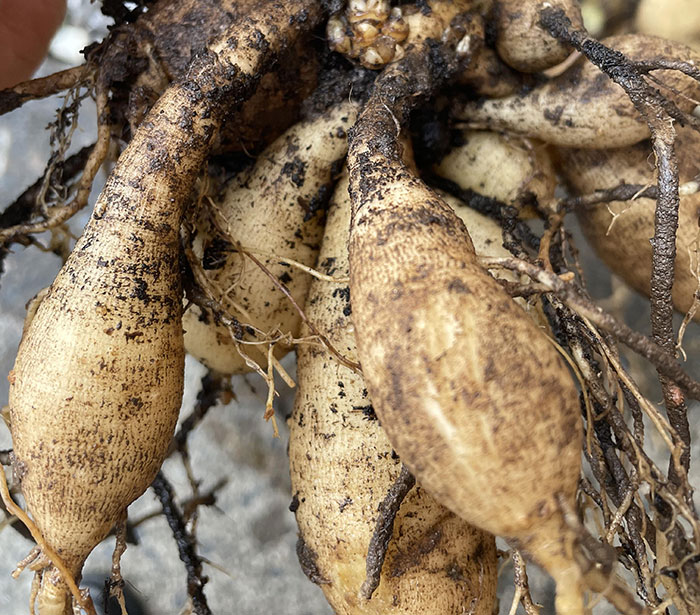
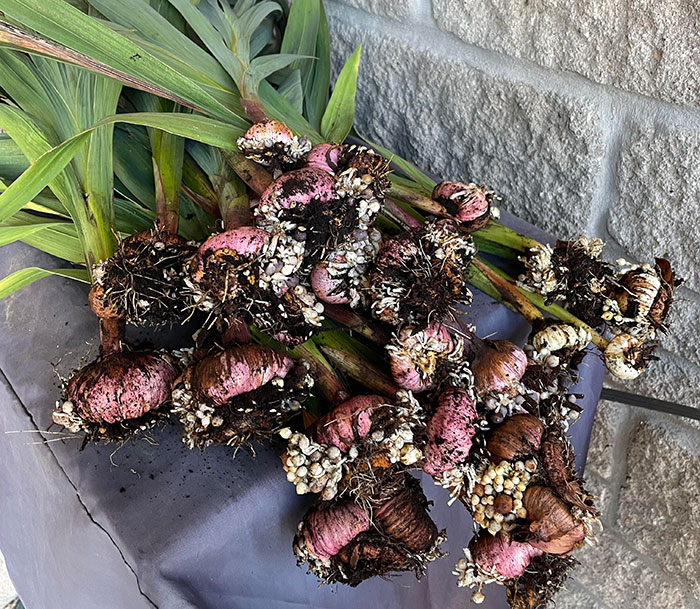
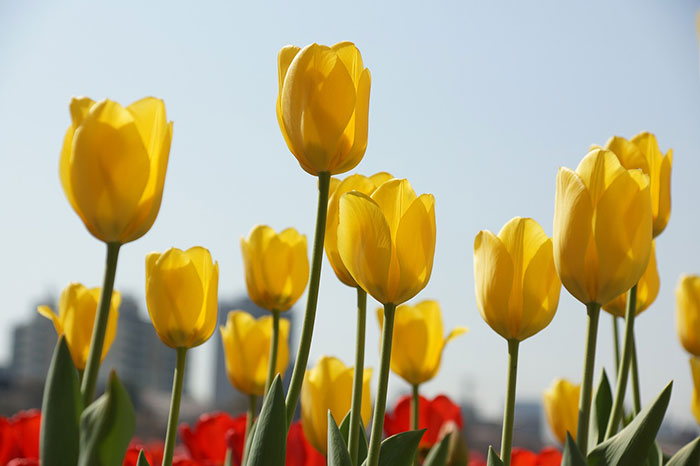
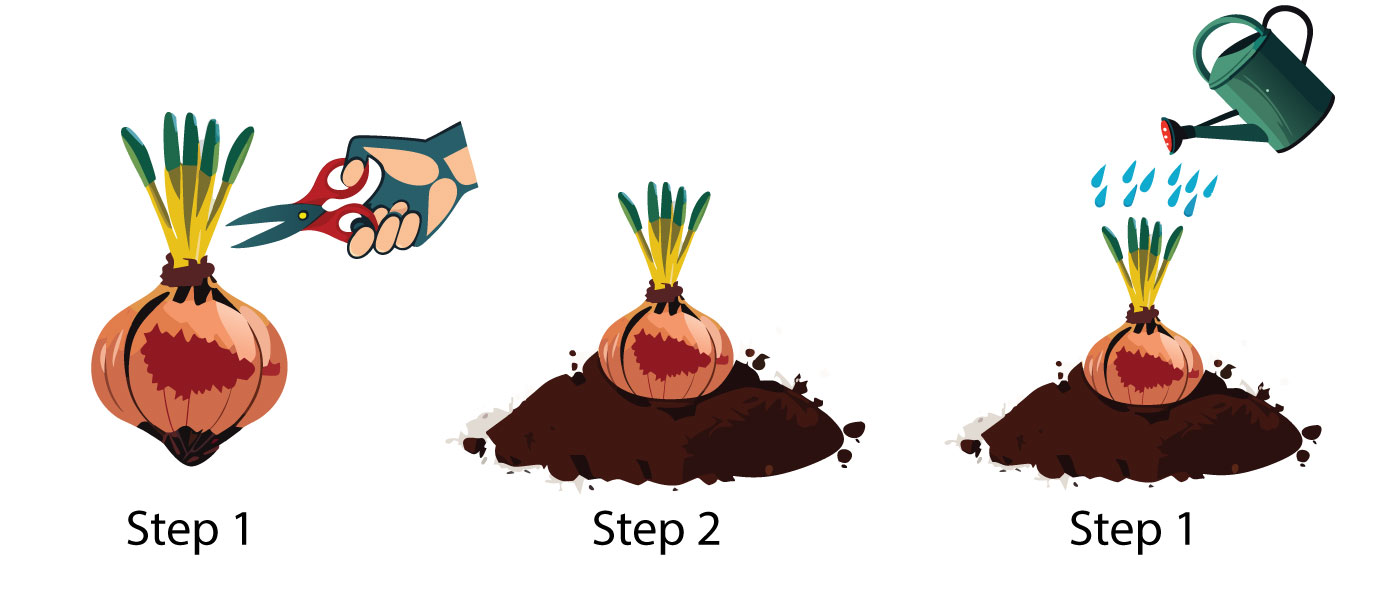
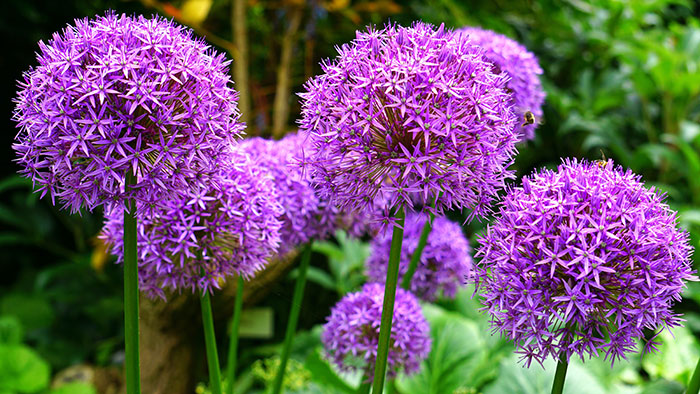
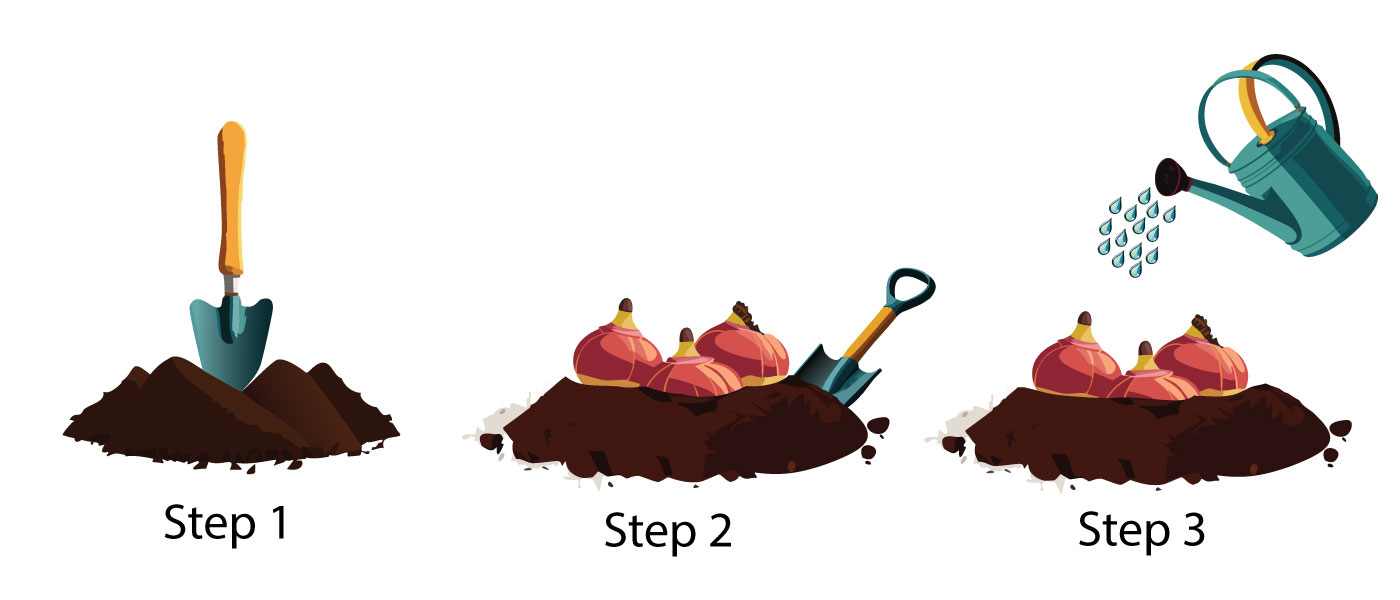
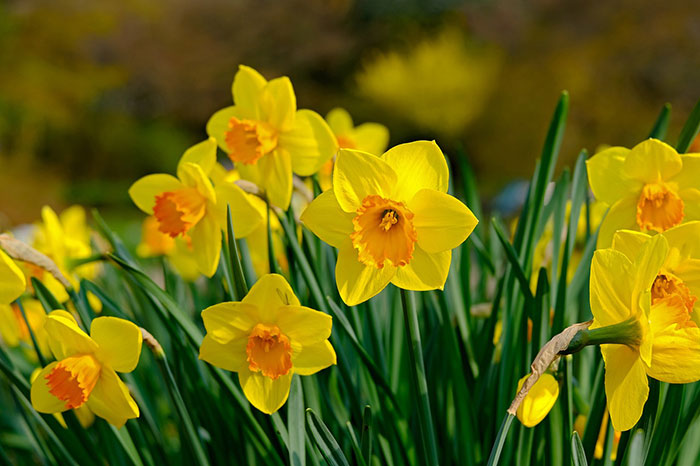
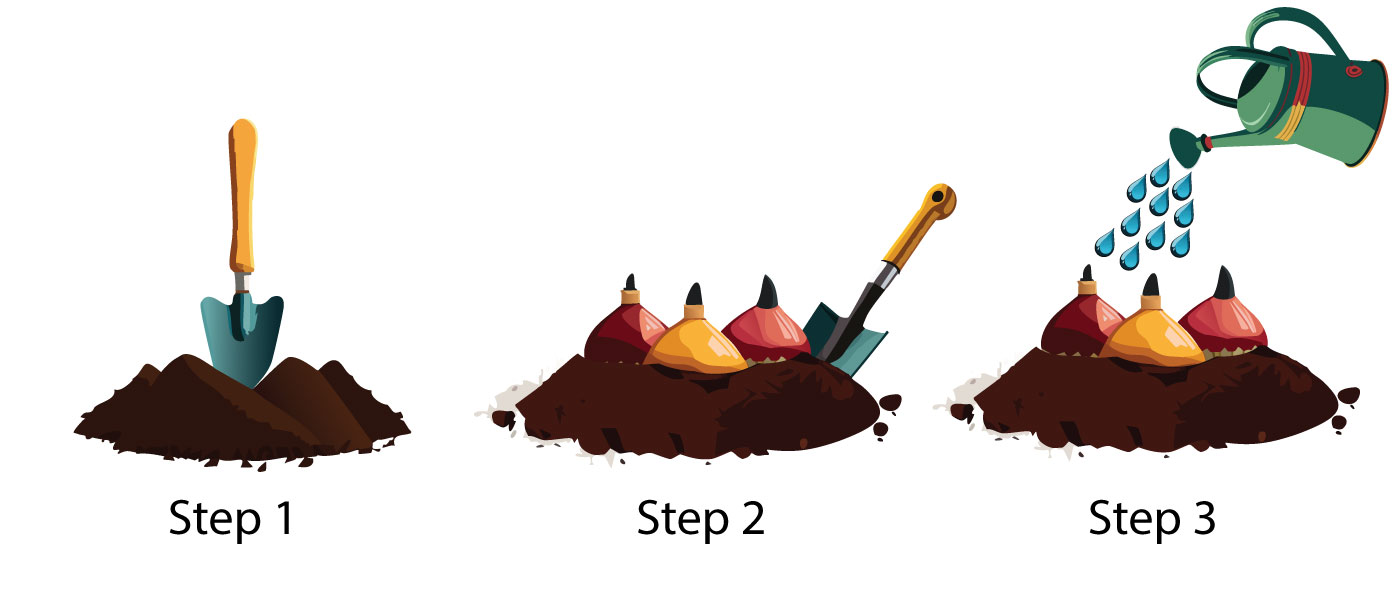
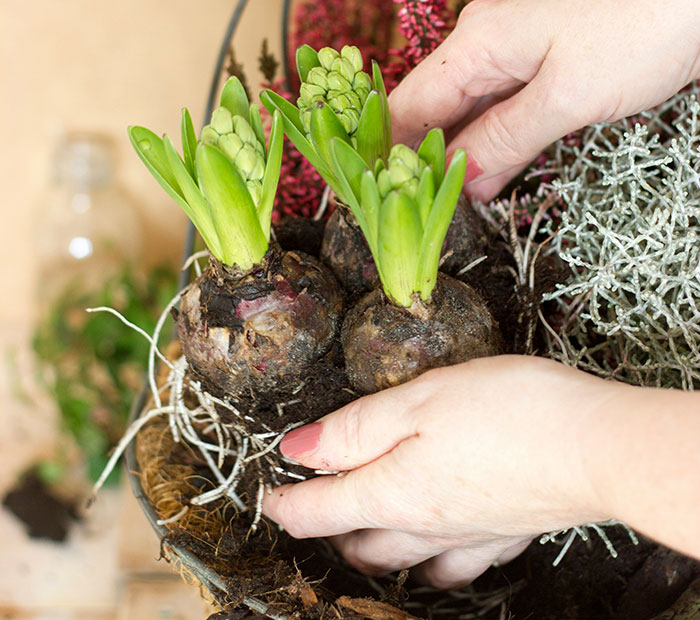
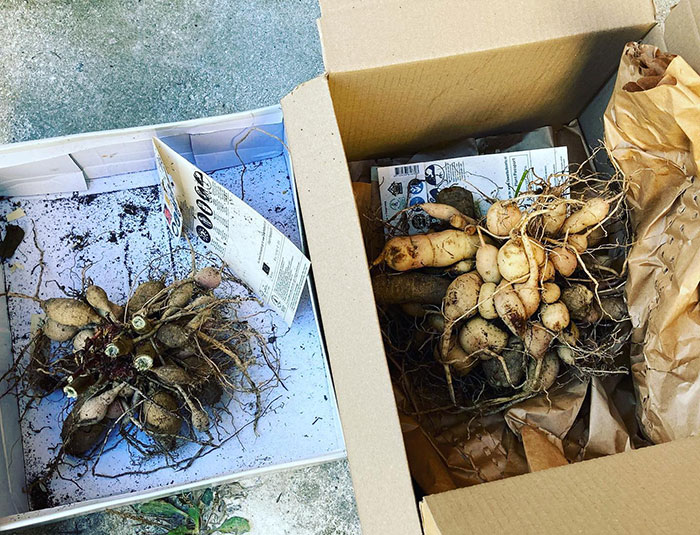
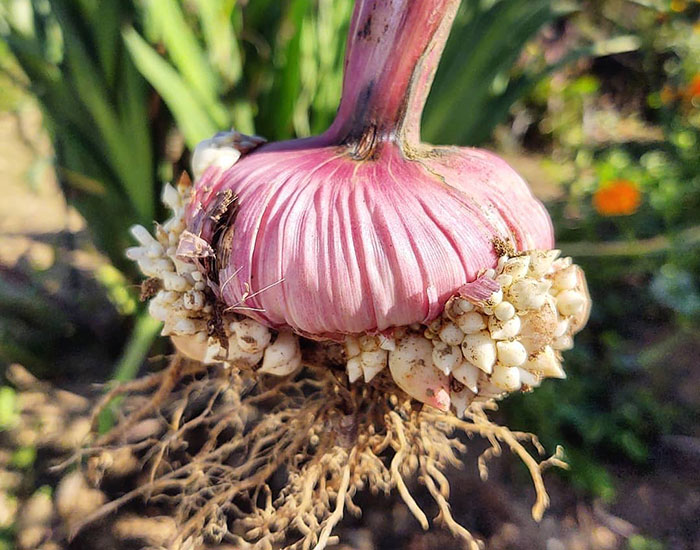




16
0